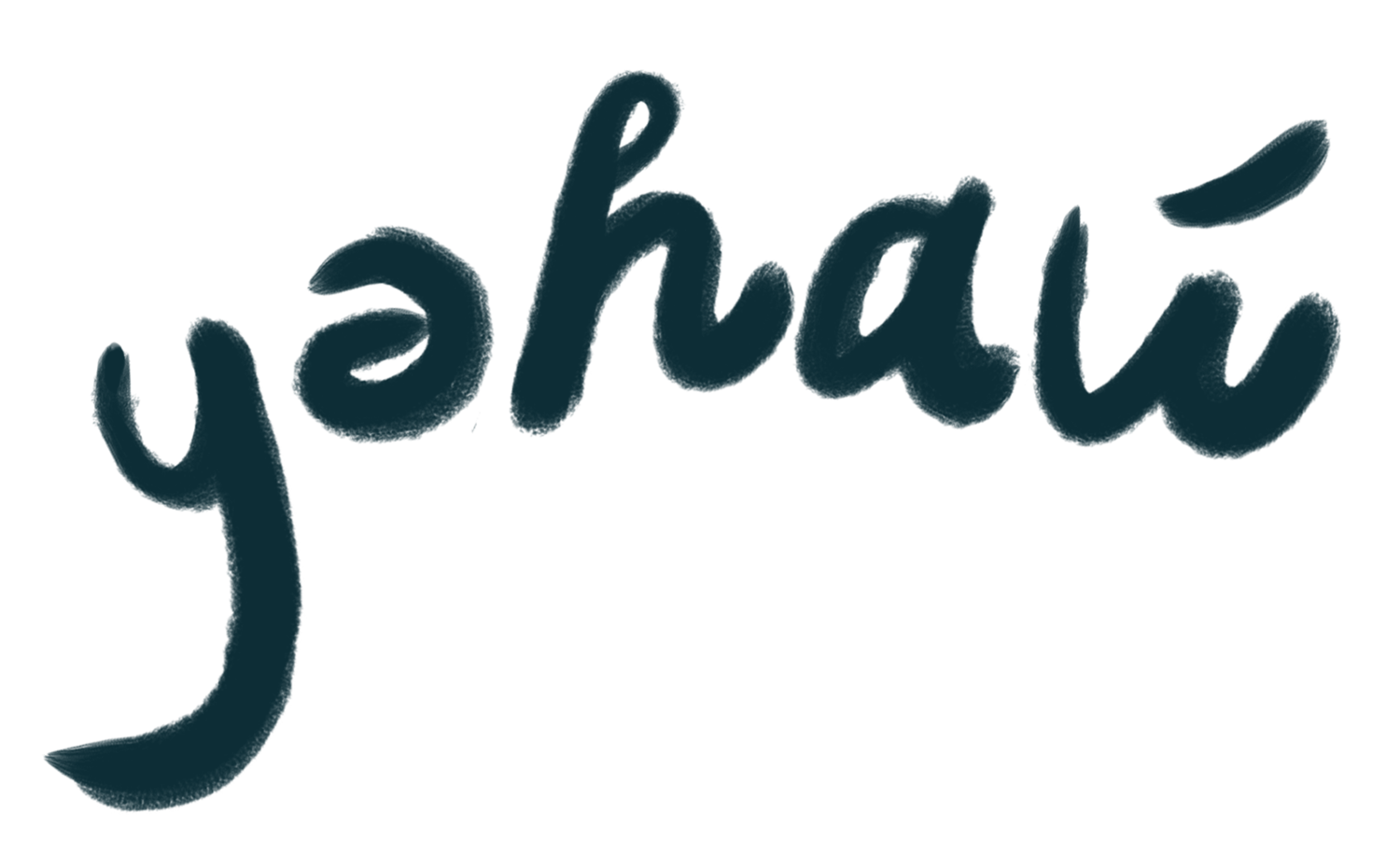Project Introduction
On December 27, 2022, yəhaw̓ Indigenous Creatives Collective purchased 1.5 acres (62,565 square feet) of land in South Seattle’s Rainier Beach neighborhood. It is a long, rectangular property which is 629-feet-long along its east-west dimension and nearly100-foot-long along its north-south dimension, which runs along 51st Ave. S. In March 2024, the collective bought the small brick house next door, further expanding a growing hub for Native arts and culture in South Seattle.
Photo of the entrance to yəhaw̓’s site by Ricky Clousing (Lakota).
This research project and website were undertaken to help the Collective better understand the history of the land, pre-and-post colonization. Duwamish villages were located nearby until the first settler colonialists entered the region around the 1850s. The area was first purchased in 1870 and was slow to develop because it had wetlands and was heavily forested. However, development picked up once a street car line began to run through the area, beginning in the early 1890s. In 1899, the area was finally “platted” into parcels called the Rainier Beach Garden Tracts and sold off to individual families.
The current yəhaw̓ parcels are tracts 5 and 6 of the Rainier Beach Garden Tracts. Specifically, for research purposes, the site can be identified through maps (see below) and records as:
NW¼ of NW¼ of Section #2, Range 4, Township 23 (aka 02-23-04)
S½ of NW¼ of Section #2, Range 4, Township 23 (aka 02-23-04)
2023 King County plat map, with arrows detailing the current undeveloped yəhaw̓ site parcels. SEE FULL MAP.
TABLE OF CONTENTS
About the Author
This history project was researched and written by Vee Hua. Vee 華婷婷 (they/them) is a writer, filmmaker, and organizer with semi-nomadic tendencies. Much of their work unifies their metaphysical interests with their belief that art can positively transform the self and society. Learn more about them at linktr.ee/hellomynameisvee.
The location of yəhaw̓ is denoted by a red marker. A 2023 Google Maps map overlays a hand-drawn map from 1879. The early map shows early trails and waterways before massive development changed the landscape. The borders of Lake Washington – especially visible at the south end – have changed over the years due to the building of the ship canal in 1916, which lowered the lake’s water levels significantly. Settlers also straightened the Duwamish River and dried its floodplains.
The red trail closest to the yəhaw̓ site, labeled “Lake Washington & Cedar River Road,” is somewhat similar to an early Indigenous trail which ran approximately along current day Renton Ave. S and Rainier Ave. S.[1] It was useful for travel and trade, and there may be evidence of intermarriage between groups that crossed this trail in early days.[2]
“Leaving the Black River near its head, the trail crossed the present Skyway district and generally followed the route of Renton Avenue and Rainier Avenue north of Rainier Beach and up the Rainier Valley to a point near the intersection of Spruce St. and Terry Ave. where it switchbacked down to Elliott Bay, reaching the important village of Jijila'ec before it skirted the bay and ended at the grassy meadow between the bay and Lake Union,” wrote researcher David Buerge.
Tobin, C. (2004, May). North Rainier Valley Historic Context Statement. https://www.seattle.gov/Documents/Departments/Neighborhoods/HistoricPreservation/HistoricResourcesSurvey/context-north-rainier.pdf
Tate, C. (2012, August 12). Southeast Seattle ZIP code 98118: Neighborhood of nations. Southeast Seattle ZIP Code 98118: Neighborhood of Nations. https://www.historylink.org/File/10164



